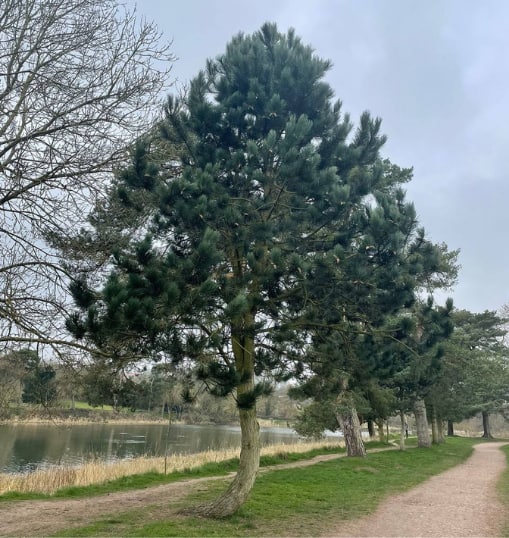
Introduction: Hedges are functional and add charm and privacy to outdoor spaces. While planting hedges from nursery-bought plants is common, did you know you can also establish new hedges from cuttings? In this blog post, Gravesend Tree Surgeons shares expert tips for successfully propagating new hedges from cuttings, allowing you to create green boundaries that are both cost-effective and rewarding.
Selecting Suitable Hedge Species:
- Choose hedge species well-suited to your climate, soil type, and desired height and density. Popular choices for hedge cuttings include privet, boxwood, yew, and beech, but research local varieties to find the best fit for your garden.
Collecting Healthy Cuttings:
- Gather cuttings from healthy, disease-free hedge plants during the dormant season, typically in late winter or early spring. Select semi-hardwood or hardwood cuttings 4-6 inches long, with at least two sets of leaves and a healthy stem. Use sharp, clean pruning shears to make clean cuts and avoid damaging the parent plant.
Preparing Cuttings for Planting:
- Remove the lower set of leaves from each cutting to expose a node where roots will emerge. Dip the cut end of each cutting in rooting hormone powder to encourage root development, then plant the cuttings immediately in a well-draining potting mix or directly in the ground. Space the cuttings 4-6 inches apart to allow for root growth.
Providing Optimal Growing Conditions:
- Place the pots or planted cuttings in a sheltered location with sunlight and consistent moisture. Keep the soil evenly moist but not waterlogged, and avoid letting it dry out completely. Consider covering the cuttings with a plastic tent or cloche to create a humid environment that promotes root growth.
Monitoring and Care:
- Monitor the cuttings regularly for signs of growth, such as new leaves or roots emerging from the base. Once roots have developed, usually within a few weeks to a few months, transplant the rooted cuttings into their permanent location in the garden, spacing them according to the desired hedge density. Water the transplanted cuttings regularly until they become established.
Pruning and Maintenance:
- After transplanting, prune the new hedge lightly to encourage bushy growth and shape the plants to your desired height and width. Regular pruning and maintenance will be necessary to keep the hedge tidy and promote dense growth. Water the hedge during dry spells and fertilise annually to support healthy growth.
Conclusion: Establishing new hedges from cuttings is a rewarding and cost-effective way to create green boundaries in your garden. By following these expert tips for selecting suitable species, collecting healthy cuttings, preparing them for planting, providing optimal growing conditions, monitoring and caring for the cuttings, and pruning and maintaining the hedge, you can enjoy lush and vibrant hedges that enhance the beauty and privacy of your outdoor space.
Call us on: 01474 554896
Click here to find out more about Gravesend Tree Surgeons
Click here to complete our contact form and see how we can help with your tree’s needs.